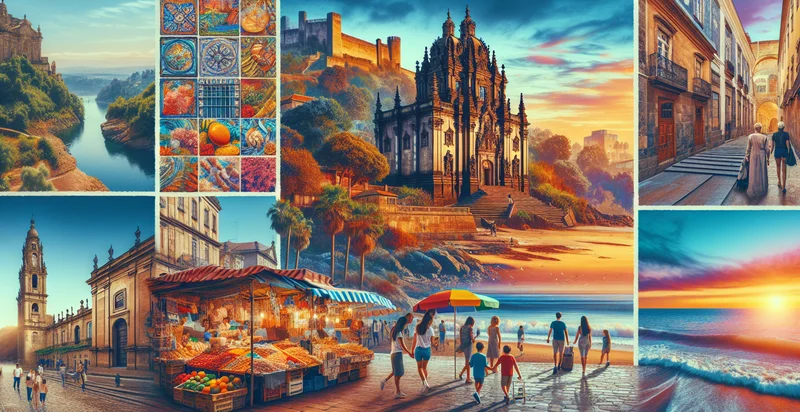Identify local attractions
using AI
Below is a free classifier to identify local attractions. Just input your text, and our AI will predict what local attractions you might enjoy - in just seconds.

Contact us for API access
Or, use Nyckel to build highly-accurate custom classifiers in just minutes. No PhD required.
Get started
import nyckel
credentials = nyckel.Credentials("YOUR_CLIENT_ID", "YOUR_CLIENT_SECRET")
nyckel.invoke("local-attractions", "your_text_here", credentials)
fetch('https://www.nyckel.com/v1/functions/local-attractions/invoke', {
method: 'POST',
headers: {
'Authorization': 'Bearer ' + 'YOUR_BEARER_TOKEN',
'Content-Type': 'application/json',
},
body: JSON.stringify(
{"data": "your_text_here"}
)
})
.then(response => response.json())
.then(data => console.log(data));
curl -X POST \
-H "Content-Type: application/json" \
-H "Authorization: Bearer YOUR_BEARER_TOKEN" \
-d '{"data": "your_text_here"}' \
https://www.nyckel.com/v1/functions/local-attractions/invoke
How this classifier works
To start, input the text that you'd like analyzed. Our AI tool will then predict what local attractions you might enjoy.
This pretrained text model uses a Nyckel-created dataset and has 32 labels, including Amusement Park, Aquarium, Art Gallery, Beach, Botanical Garden, Campground, City Tour, Coffee Shop, Concert Venue and Cultural Center.
We'll also show a confidence score (the higher the number, the more confident the AI model is around what local attractions you might enjoy).
Whether you're just curious or building local attractions detection into your application, we hope our classifier proves helpful.
Related Classifiers
Need to identify local attractions at scale?
Get API or Zapier access to this classifier for free. It's perfect for:
- Tourist Recommendation System: This function can be employed in a tourist application to classify and suggest local attractions based on user preferences. By identifying relevant attractions, the app can enhance user experience and provide personalized recommendations for sightseeing.
- Local Business Promotion: Businesses can utilize the function to identify local attractions that are frequently visited by tourists. This can help them target marketing campaigns to attract potential customers by associating their offerings with popular nearby attractions.
- Event Planning Tool: Event organizers can use this classification function to identify local attractions that can serve as venues or points of interest for attendees. By highlighting these attractions, organizers can enhance the overall experience for visitors attending conferences or festivals.
- Travel Blog Content Generation: Travel bloggers can utilize this identifier to classify various local attractions for generating content. This can streamline the content creation process, allowing bloggers to easily curate lists and guides tailored to specific destinations.
- Community Engagement Platform: Local governments and community organizations can use this function to identify and promote local attractions on their websites. By doing so, they can encourage community engagement and tourism while showcasing local culture and history.
- Transportation Service Optimization: Rideshare or public transportation companies can employ the function to classify and identify popular local attractions. This information can be used to optimize routes and provide targeted advertising for riders heading to these attractions.
- Tourist Information Chatbot: A chatbot designed for tourist information can leverage this classification function to quickly provide recommendations on local attractions. By accurately identifying what users are looking for, the chatbot can facilitate better interactions and assist tourists in navigating new areas.


